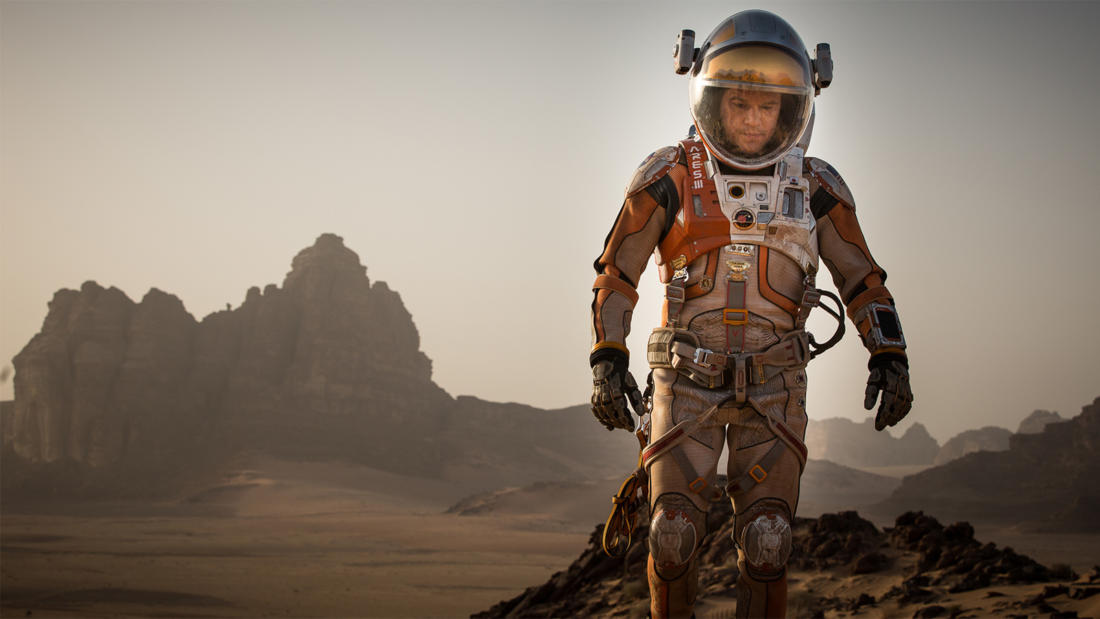
Mesilla Valley Film Society Mesilla, NM
William Stein, PhD
Astronomer + Retired Professor
The Martian— What makes a planet inhabitable?
Program Description
Astronomer William Stein identifies what the conditions are for a planet to support life as we know it, and discuss under what conditions planets in our galaxy meet these conditions. Based on these conditions we will determine the specifics about whether the planet Mars could now or in the past support life. Then we will see how our understanding of current conditions on Mars support the ability for a human to live safely on Mars. These discussions will help the viewers of the film “The Martian” have a better understanding of the conditions the marooned human faces on Mars.
Presented At
Mesilla Valley Film Society Mesilla, NM
Film Synopsis
When astronauts mistakenly leave Mark Watney behind on Mars, the stranded visitor must use his wits, spirit, and scientific know-how to find a way to survive on the hostile planet.
During a manned mission to Mars, Astronaut Mark Watney (Matt Damon) is presumed dead after a fierce storm and left behind by his crew. But Watney has survived and finds himself stranded and alone on the hostile planet. With only meager supplies, he must draw upon his ingenuity, wit, and spirit to subsist and find a way to signal to Earth that he is alive. Millions of miles away, NASA and a team of international scientists work tirelessly to bring "the Martian" home, while his crewmates concurrently plot a daring, if not impossible, rescue mission. As these stories of incredible bravery unfold, the world comes together to root for Watney's safe return. Based on the best-selling novel by Andy Weir, and helmed by master director Ridley Scott, The Martian was nominated for three Golden Globes.
About the Speaker
Dr. William Stein has been enthusiastically interested in astronomy since he was a pre-teenager. In high school he built his first telescope, a six-inch Newtonian reflector. After graduating from the University of California at Berkeley, with a BA in Astronomy, he went to Indiana University where he received his master’s and doctoral degrees in Astronomy. Next, he served in the Department of Defense (DoD) for thirty-four years working on the design of imaging satellites and the analysis of the satellite imaging data. After retirement from the DoD in Las Cruces, New Mexico, he was a senior research scientist at the Physical Science Laboratory at New Mexico State University (also adjunct professor with the Astronomy, Geography and Survey Engineering Departments). After his second retirement in 2013, he has been involved in amateur astronomy and currently has two working Celestron 14-inch telescopes and CCD cameras dedicated to variable star observations. Both can be operated remotely with via laptop from anywhere in the world.